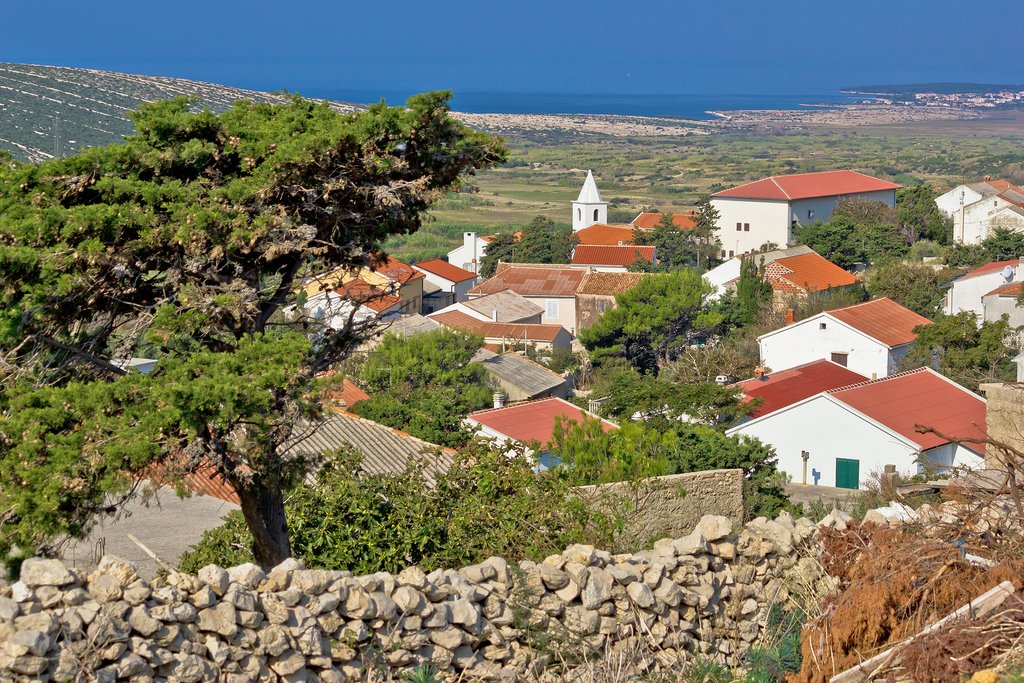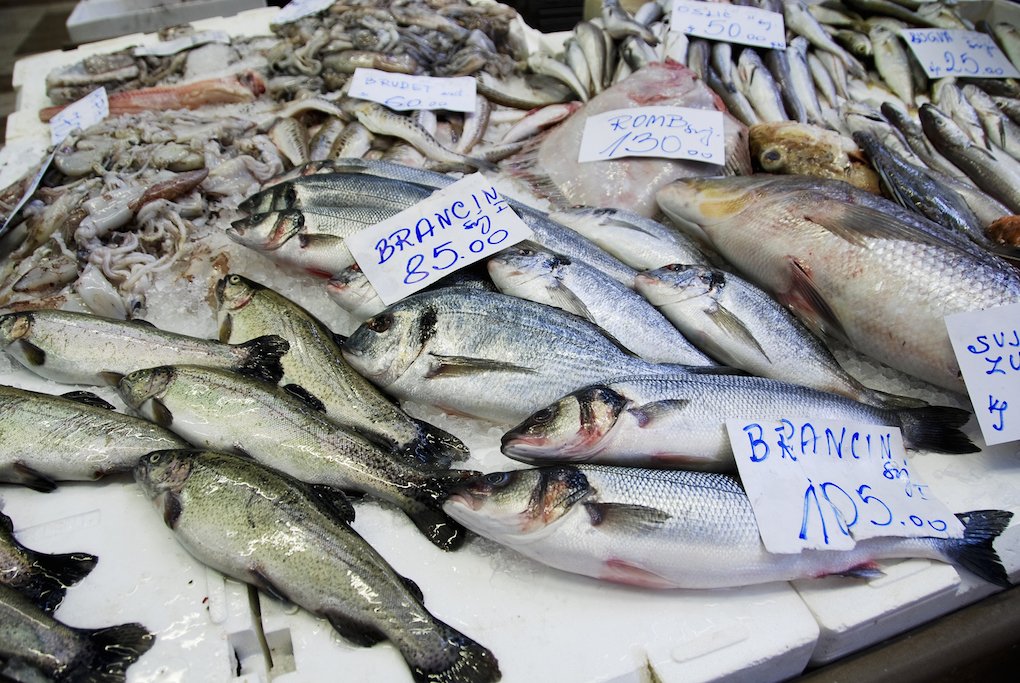Getting Oriented

Croatia is a long, narrow country that stretches down the coast of the Adriatic Sea. Its unique shape, location, and history have meshed together to create a distinct culture you can only find in Croatia—and one that varies within the country. For example, Zagreb and Opatija feature Austro-Hungarian influences, while Istria has unmistakable Italian vibes. Further, the coastal communities like Pag and Dubrovnik differ from their inland neighbors but also from one another.
With so much cultural diversity, there's plenty to see and do throughout Croatia. Luckily, the country is worth visiting in all four seasons and offers several different regions showcasing its varied culture. Whether you explore the islands, try local cuisine, mingle with the locals, or opt for a day trip to one of Croatia's neighboring countries, you can dive deep into the unique history, culture, and customs.
Get to Know the Locals
To truly learn a country's culture, it helps to mingle with the locals, discover their traditions, and observe an authentic way of life. One of the best ways to do that in Croatia is to visit the country's smaller towns.
Explore the Inland Villages of Istria

Although Istria's western coast gets all the attention, its inland villages are just as interesting and not as visited. In particular, the three medieval hilltop villages of Motovun, Grožnjan, and Oprtalj are all worth a visit. Surrounded by lush valleys, olive groves, and vineyards, you'll explore a unique and authentic way of life. Stroll through twisting cobbled alleyways, enjoy scenic vistas, and taste the area's acclaimed truffles, olive oil, and wine. You can even opt to join a truffle hunting excursion with a local! Read more
Tour Pag Island

Pag is one of the most culturally interesting Croatian islands, as it's home to vast saltpans, traditional lacemaking, and about three times as many sheep as annual residents. It's also where you'll find one of the most beloved cheeses in Croatia, known as Paški sir. Some highlights include the historic 15th-century Pag Town, several Roman remains (such as the underground water conduit known as Talijanova buža), a 16th-century salt warehouse, ancient olive trees on the Lun Peninsula, and, of course, the Gligora cheese factory. Read More
Chat with a local specialist who can help organize your trip.
Eat the Food
Arguably, the best way to get to know a culture is through your tastebuds! A country's cuisine and traditional dishes say a lot about its history and local ways of life.
Visit a Family Farm for an Authentic Croatian Meal

A traditional peka for cooking authentic Croatian cuisine.
Learn about authentic Croatian food and gastronomic traditions from a local family in the Konavle region south of Dubrovnik. You'll join a family at their home in Cilipi, where you'll learn how to prepare a meal in a peka, a typical iron-domed cooking device. As you tour the farm and enjoy your lunch, chat with the locals to learn more about life in the Croatian countryside. Read More
Enjoy a Tour & Traditional Meal in Šibenik

Šibenik is a charming seaside city known for its abundance of historical sites, including two UNESCO World Heritage Sites. Visit the city's fortresses, many offering incredible views and scenery, such as the secluded St. Nicholas’ Fortress, set on an island. Or enjoy the panoramic views from St. John's Fort and Barone Fortress. Relax with a coffee or tea at St. Lawrence Monastery Gardens, one of the most peaceful spots in the city, before enjoying lunch at a traditional restaurant. Read More
Traditional Cooking Class in Split

Enjoy an authentic gastronomic experience and cooking class in Split. With your local chef leading the way, you'll start by finding the freshest ingredients from Split's beloved fish and produce markets. Once you have your supplies and a lesson in local cuisine, head back to the kitchen and learn how to prepare some of the region's favorite dishes. After your hard work, settle in to enjoy your meal! Read More
Learn the History
Undoubtedly, a country's history greatly influences its culture. Croatia's history includes many different cultural influences, most notably the Roman Empire, the Austro-Hungarian Empire, and Yugoslavia.
Visit the Scenic Castles of the Zagorje Region

Trakošćan Castle is reflected in its scenic lake.
Not far from Zagreb is the picturesque Zagorje region, known for its vineyards, castles, and quaint villages. Dive deep into local culture and history by visiting two of its most famous fortresses, starting with 14th-century Trakošćan Castle, which sits poetically on a reflective lake. Then head to the 16th-century Veliki Tabor Castle, originally built to defend against Turkish invaders. If you'd like to see some villages, consider a stop in Kumrovec, known for its 19th-century peasant houses and as the hometown of Tito. Read More
Take a Day Trip to Mostar

Croatia and Bosnia and Herzegovina share history but remain culturally distinct. Hop across the border to discover the unique culture of Mostar in southern Herzegovina, with its iconic 16th-century bridge (Stari Most), quaint cobbled alleyways selling handmade goods, and delicious Balkan cuisine. Visit Mostar's mosques, peruse the Ottoman Biscevic House, and learn about the Croat-Bosniak War at the Old Bridge Museum. Read More
How to Craft the Perfect Cultural Itinerary in Croatia

You can easily add culturally rich activities to any Croatian itinerary. Because the country is long and narrow, many visitors fly into Zagreb in the north and out of Dubrovnik in the south, or vice versa. This saves a lot of time, as you can enjoy the entire coast without needing to backtrack. If you do this, you only need about one week to hit most of the country's highlights.
However, if you want to combine a few different regions and make the most out of your time in Croatia, try to plan for two weeks or more. Some popular regional combinations include Zagreb, Istria, Split; Zagreb Split, Dubrovnik; and Zagreb, Istria, Split, islands (Pag, Hvar, or Vis), Dubrovnik. Read more about how much time to spend in Croatia, especially if you want to get off the beaten path and really dive into the culture!
Past kimkim travelers have enjoyed the following itineraries featuring cultural experiences in Croatia:
